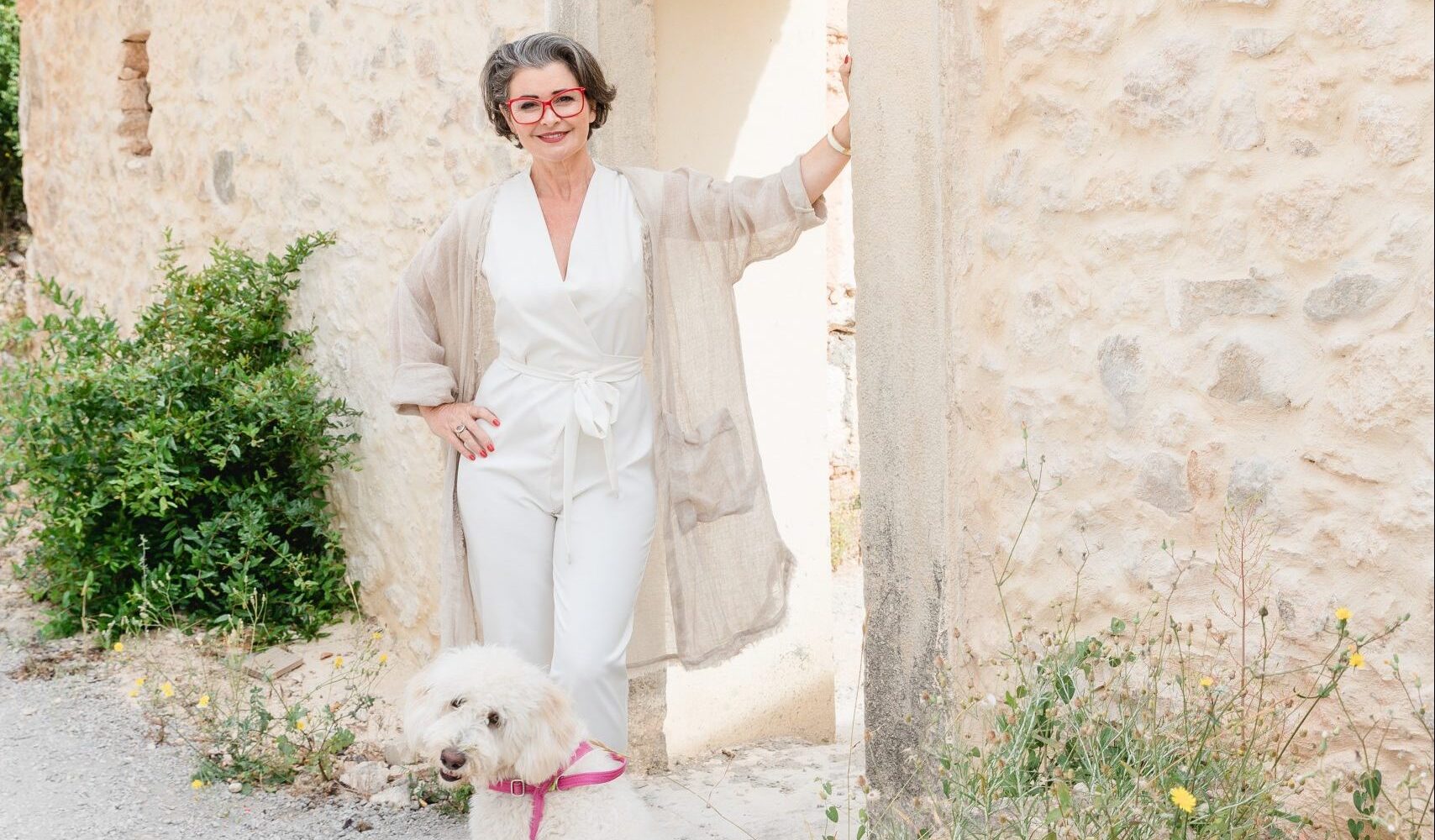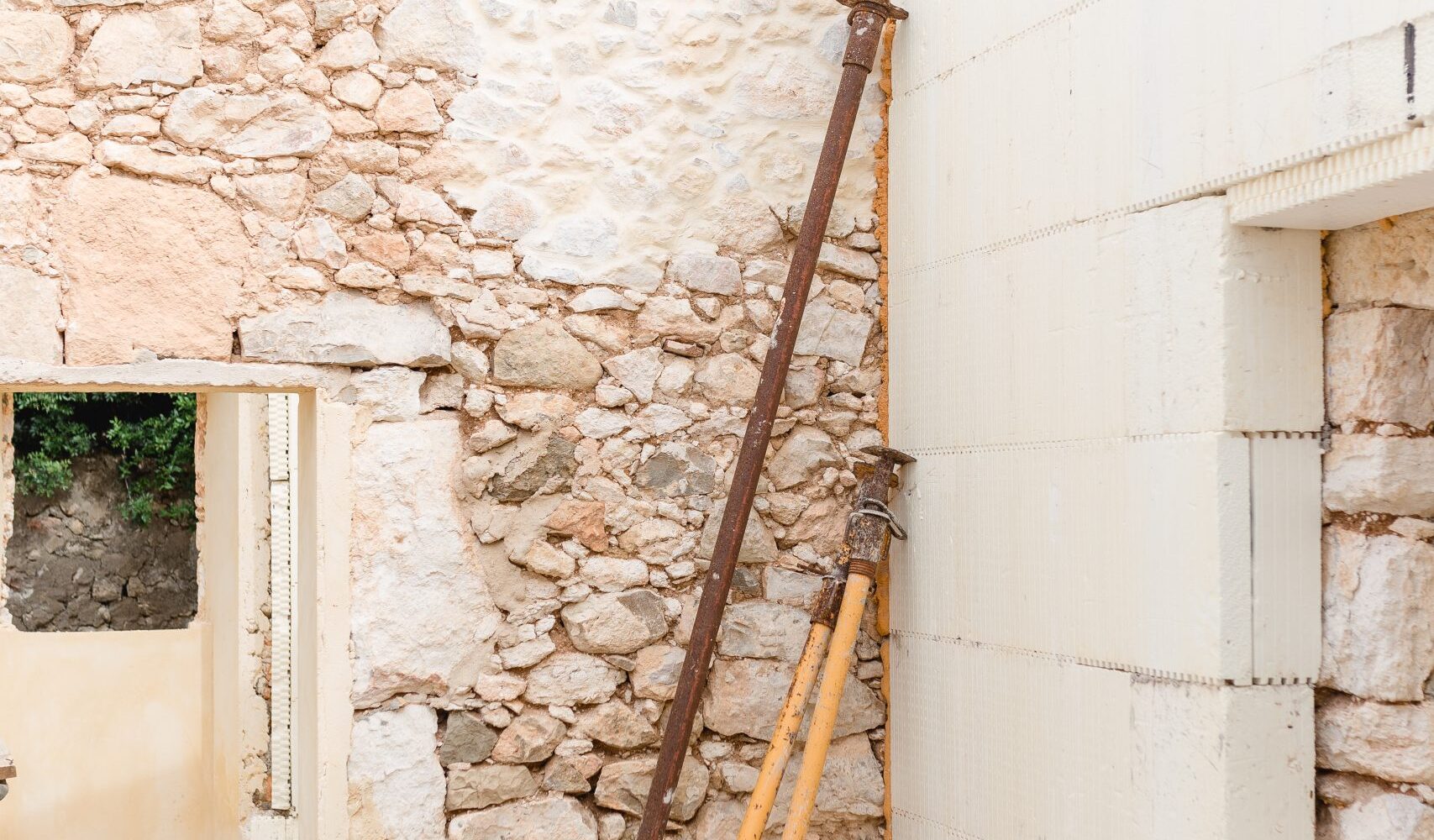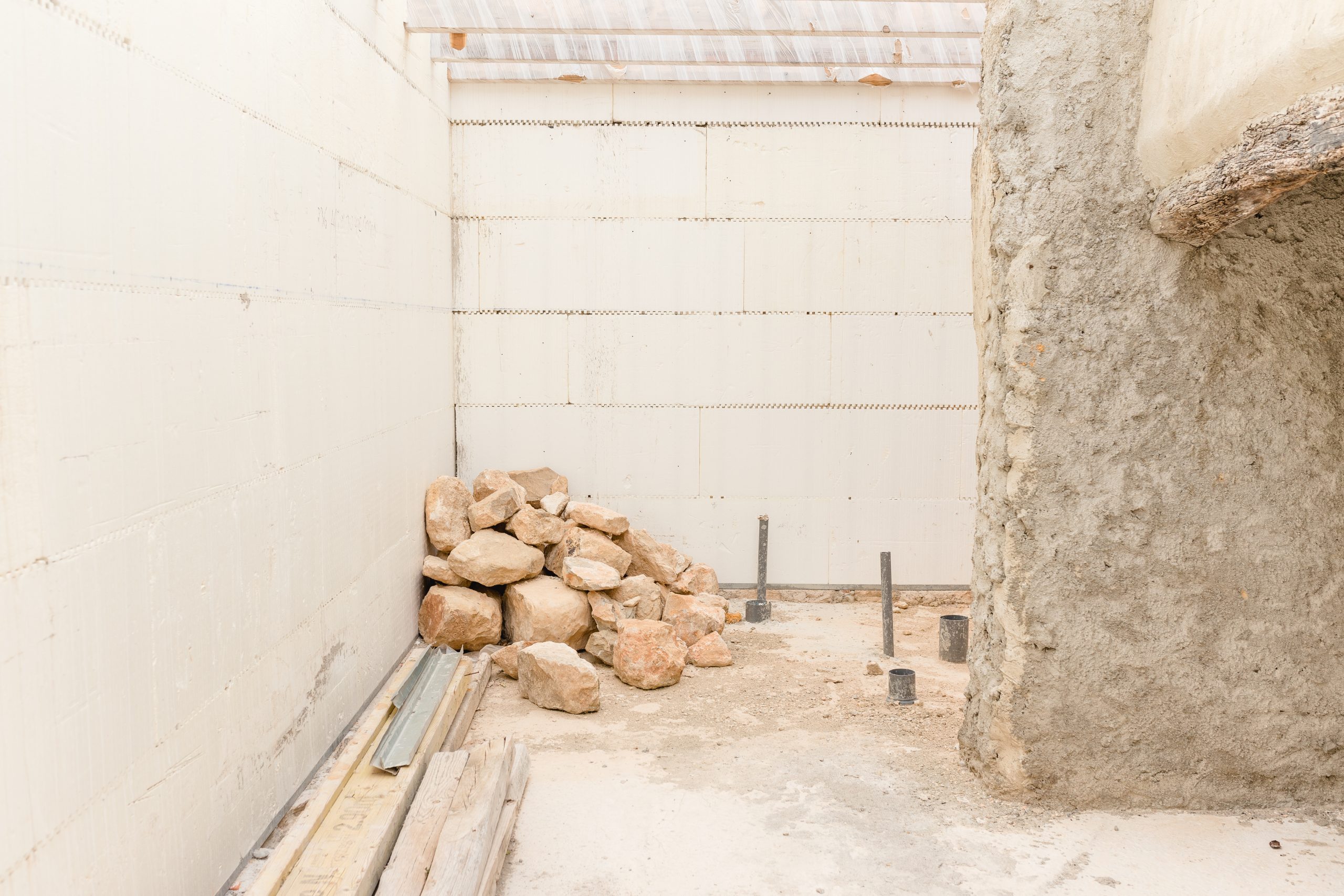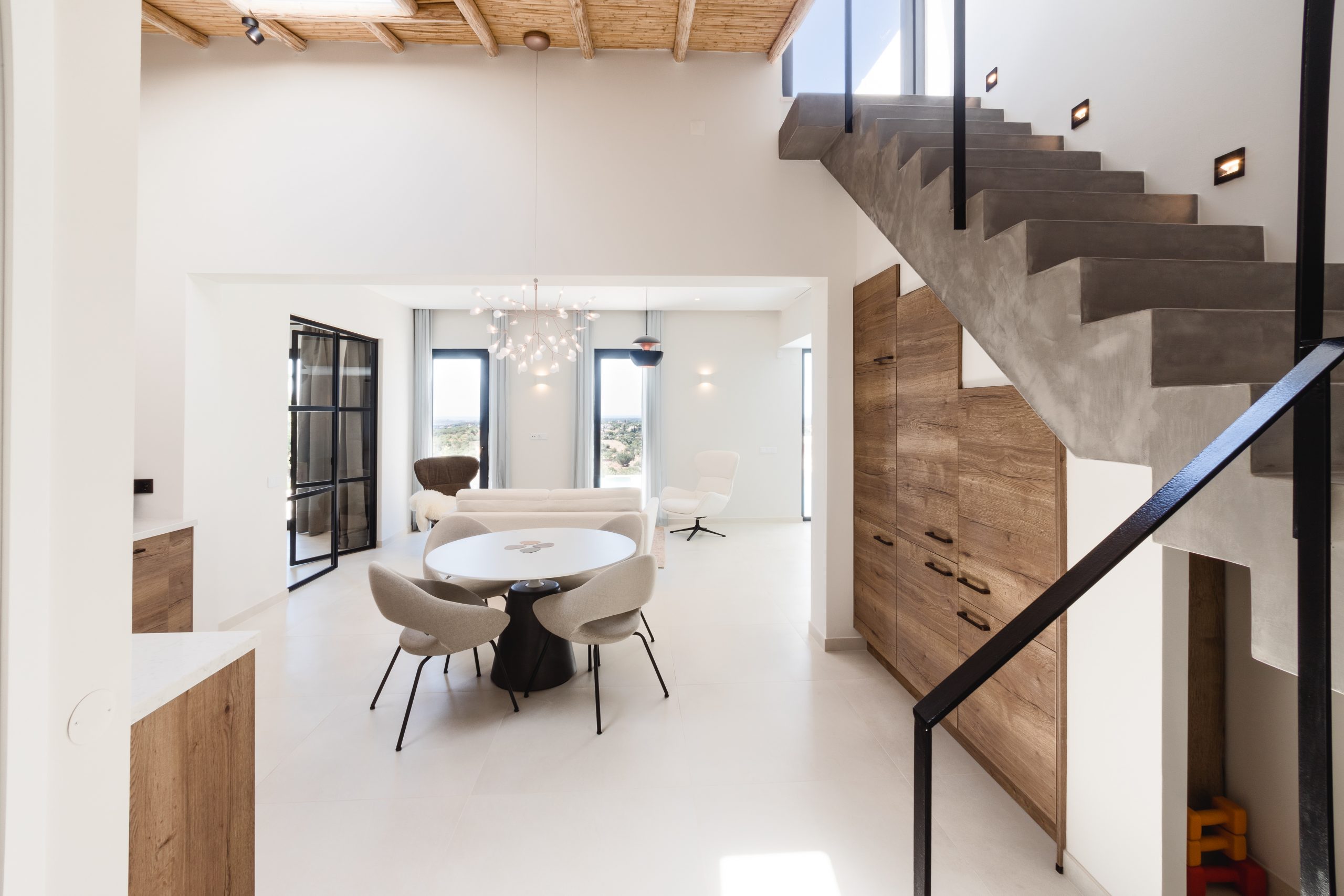When you think of cutting-edge architecture, we’d be willing to bet that you picture precisely what would have come up in a google search a couple of years ago. Towering skyscrapers coated in shiny glass, their edges all at odd angles for no reason other than “aesthetics”. Cities growing upwards, the top floors of buildings disappearing from sight as they touch the clouds. Houses that seem as if they defy gravity with water features aplenty and the latest in-home automation systems.
But try googling it now.
Sure, shiny glass is still a prominent feature. But now, you’ll also spot some sustainability sneaking in. We’re talking “net-positive” homes, eco-friendly building materials, plants worked into various levels, and “forest house” harmonies.

So, are we finally going back to basics?
Human evolution is a rollercoaster of discoveries and developments. Of seeking newer technologies to solve the web of problems we’re continually weaving for ourselves. 21st-century cities, their concrete and steel structures the baseline for their existence, are the epitome of this “development”… or they were, until we realised that the CO2 produced from the extraction of these raw materials could be contributing to the decline of our planet.
So now, we’re going back to our roots. Back to practices that have been used over almost the entirety of human existence – before the industrial revolution, that is – to favouring the local, the bio-based and sustainable. We’re talking wood, clay, stone, and straw.
Because we’ve always known how to keep houses cool. How to build to favour the wind. How to mould our homes to local conditions. We just forgot. With modernisation and universalism, European and Western architectural ideas became widespread and idealised. Certain materials became highly praised and generalised… but they weren’t the right ones. Not for every climate and condition. Not for our planet.

(Re)discovering sustainable building practices
Now, finally, we’re remembering. Architects (including CORE, of course) are going back to exploring low-tech architecture. But no, they haven’t gone mainstream yet. And the truth is that while the energy demands of concrete architecture, speedy building and complex heating, cooling and air-conditioning technology are so widespread, we’re not going to come close to making the change our planet so desperately needs.

… and taking them mainstream
So, why is this change taking so long? Why are we facing so much resistance? Why are bricks and concrete still everywhere we look, including in new constructions?
We’ll tell you.
Because when people hear the word “sustainability”, when we talk about going “back to basics” and using “age-old building practices”, the general public automatically assumes that this will mean a reduction to their standard and quality of living. And it’s as simple as that. They don’t stick around to listen to the health benefits of indoor climates formed out of natural building materials, the time savings of maintenance free-techniques, and the cost-efficiency of net-zero homes because they’re busy panicking about living in mud huts with no electricity or running water.
So, we need a shift.

Harnessing “wicked problems” for sustainability
“Wicked problem” is a term often thrown about in the world of architecture. It is not, however, a simple concept or one that is easily defined. A wicked problem has no solution, just “better” or “worse” outcomes – with this “better” or “worse” depending entirely on the outlook of the observer. Is it cost? Timings? Aesthetics? Or sustainability? In architecture, you see, there are no right answers and no opportunities for trial and error, as each project is unique, and each problem faced leads to a myriad of others.
So, to decide which materials to use, how to heat and cool our houses, where to place windows and how to employ shading to our advantage, we need to combine age-old practices with true innovation. And to be on the same page. We need shared objectives and goals common across nations, but that don’t enforce practices because – as we’ve established – each region needs to develop their own, based on local climates, materials, and possibilities.
We need to pull together to make sure EVERYONE’s ideas are aligned because when the shared focus is on sustainability, that’ll be what the solutions to wicked problems are measured against, reducing the complexity of the issues faced, and producing better outcomes for all.
So, now that we know the problem, shall we get to solving it?


